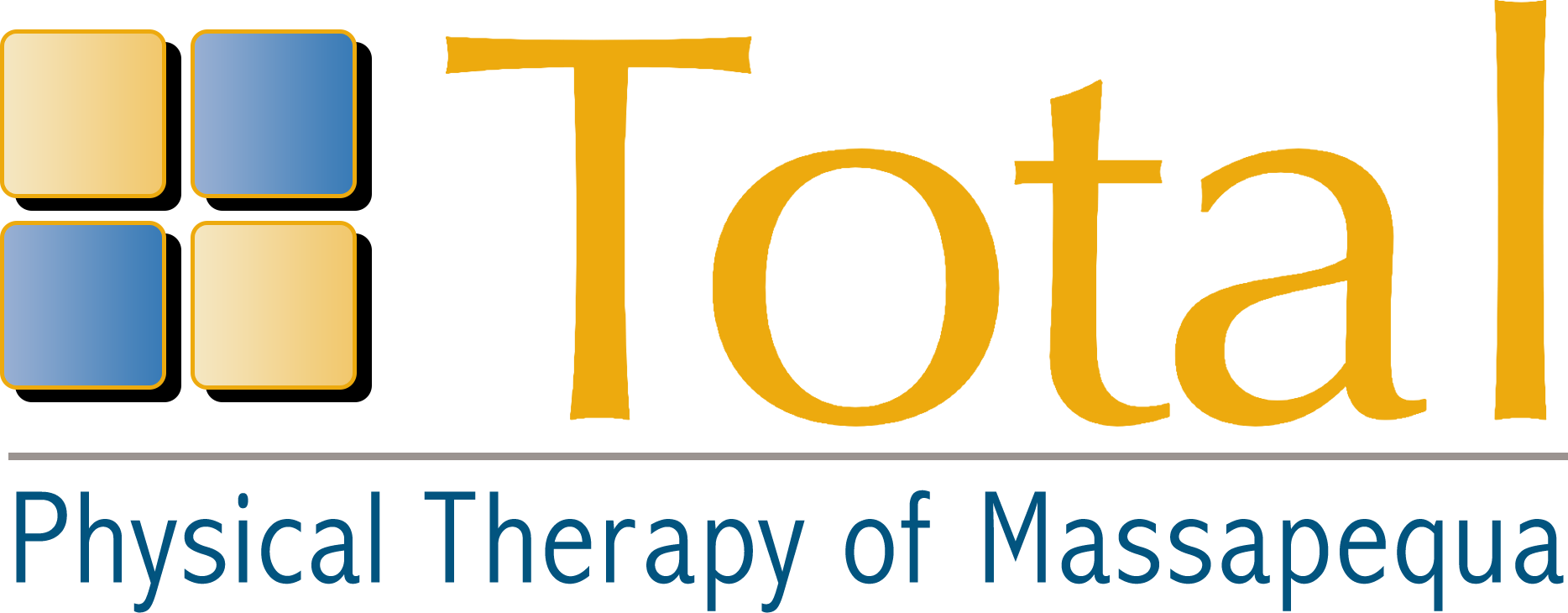
Fibromyalgia is a long-term condition that causes pain all over the body. In fact, fibromyalgia is one of the most common chronic pain conditions in the United States. Anyone can develop it, but it is much more commonly diagnosed in women.
The exact cause of fibromyalgia is unknown, but experts believe that the condition could be related to abnormal levels of specific brain chemicals, and changes in the way that the central nervous system processes pain messages as they are carried around the body. Some people seem to be born with the condition, while others develop it in later life, usually after experiencing a physical or emotional trauma, such as an accident or injury, or a bereavement.
What are the Symptoms of Fibromyalgia?
Some of the symptoms that are associated with fibromyalgia include:
Extreme fatigue
Muscle stiffness
Increased sensitivity to pain
Sleeping problems
Headaches
Problems with memory and concentration, sometimes known as ‘fibro fog’
Irritable bowel syndrome
Every patient is different, and their symptoms can come and go and remain constant. The severity with which they are affected can also vary, with many people experiencing ‘fibro flare-ups’ when their symptoms get significantly worse before easing again.
How can Physical Therapy Help With Chronic Pain and Fibromyalgia?
Unsurprisingly, coping with chronic pain can be extremely debilitating. Although there is no known cure for fibromyalgia, there are treatments that can help to ease the symptoms and improve your quality of life. One of the most effective, drug-free treatments is physical therapy.
Physical therapy is used to heal, treat and prevent injuries or disabilities. In the case of fibromyalgia, physical therapy can be used to help understand and reduce the pain you are experiencing, build strength in your body, reduce your fatigue and improve your overall mobility so that you can enjoy a more active life. Living with chronic pain can make fibromyalgia sufferers scared to start an exercise routine, but your physical therapist can help you to interpret pain signals and manage and decrease your symptoms through a customized exercise program that you can perform regularly at home.
Some of the different physical therapy techniques that may be used could include:
Stretching
Deep breathing
Strengthening exercises
Yoga
Aerobic conditioning
Tai Chi
You will be building your ability to perform these exercises very slowly. To help ensure that you don’t try and push your body too fast too quickly, your physical therapist will work with you to set realistic goals for exercise and physical activity and to recognize when you can work towards them and when you need to rest. They will also be able to help you by modifying your exercise program during times of severe symptoms of stress.
If you would like more information on how physical therapy can help manage chronic pain and fibromyalgia, or to schedule an appointment with our physical therapy team, contact our clinic in North Massapequa, NY today.








